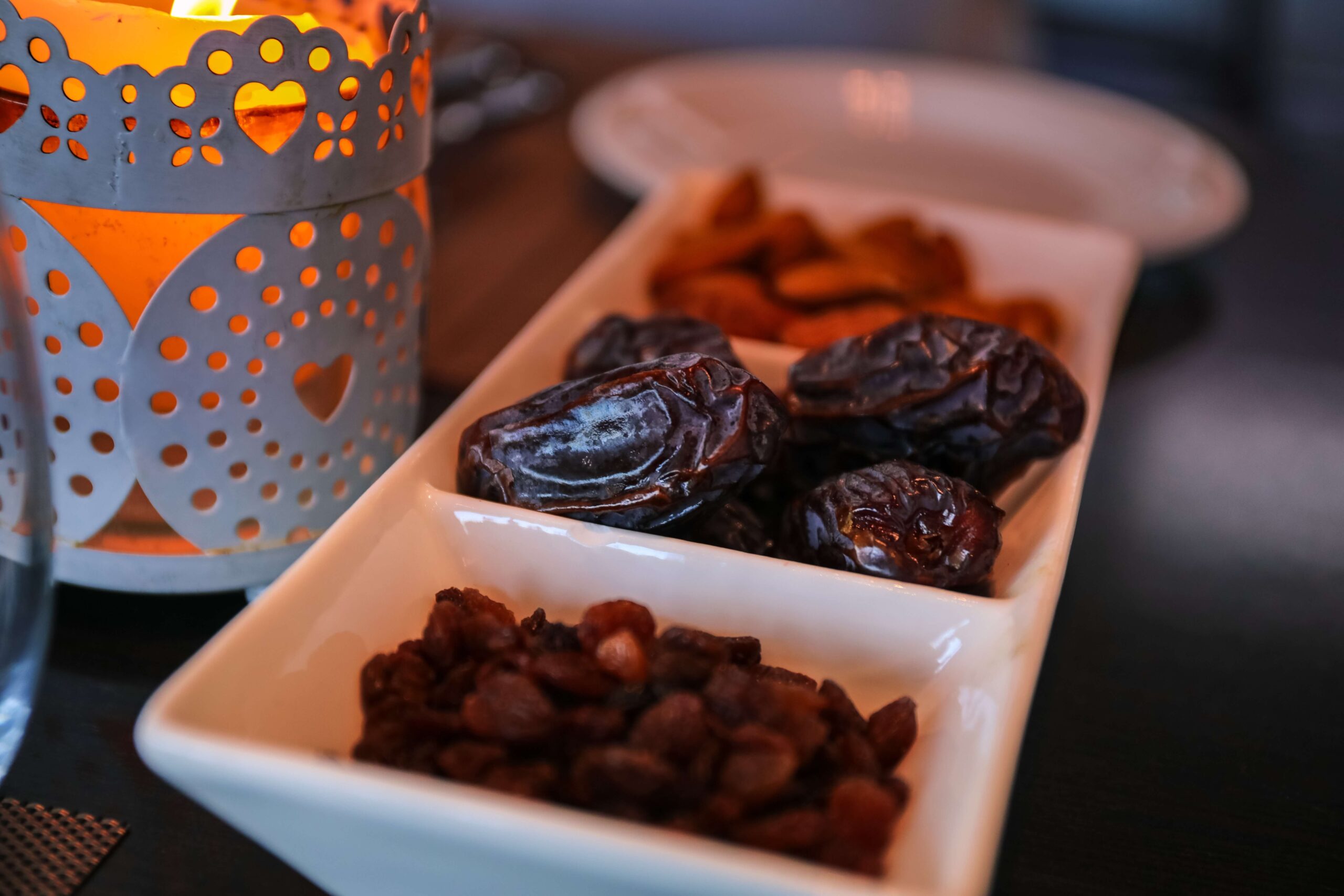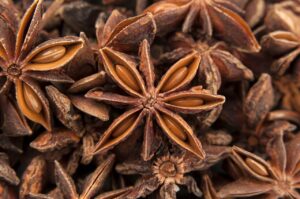Date Fruit and Seeds: A Natural Path to Health

Date palm is a valuable fruit crop grown in arid and semi-arid regions of the world. It is important to many people in these countries and is also a high-value commercial fruit in the global market. Unlike most fruits, dates have four botanical developmental stages before they are ready to eat (Kimri, Khalaal, Rutab, and Tamr). Dates become edible at the Tamr stage, when they reach a maturity level of 60-70 brix.
In addition to their dietary importance, date trees can also yield a variety of agricultural by-products (about 6.10–11.47% of the whole fruit), with date seeds making up a significant portion of this waste. However, date seeds can be used to produce non-caffeinated coffee or incorporated into animal feed. Nutritional analysis shows that dates are mainly made up of carbohydrates (70%), mostly in the form of sugars. Dates are also rich in minerals such as potassium, iron, and calcium, as well as dietary fiber.
Like other fruits, such as citrus fruits, mangoes, and blackcurrants, dates are a good source of Polyphenols and functional dietary fiber, which promotes digestive tract health. Polyphenols contribute to human health by providing multiple biological effects such as antioxidant, anti-inflammatory, anti-mutagenic, and anti-carcinogenic activities.
Nutrient Composition of Dates
Dates are a rich source of carbohydrates, with fructose, glucose, mannose, maltose, and sucrose making up more than 80% of their dry matter★. The amount and composition of sugars vary with the ripening stage and type of date fruit.
In addition to sugars, dates also contain a variety of amino acids, including 23 different types that are not commonly found in other fruits★. Although date fruit has a relatively low protein content (2.5-6.5 g/100 g), it has a high concentration of essential amino acids, such as arginine and histidine, which are important for human health.
Dates also contain several vitamins★, including folic acid, thiamine, riboflavin, retinol, and ascorbic acid, which are essential for the proper functioning of the human body. They also contain non-proteinogenic amino acids that play a role in the production of T lymphocytes, assist with liver detoxification, and reduce creatinine levels in the body★.
Date fruit is also a rich source of minerals, such as potassium, calcium, sodium, iron, zinc, and magnesium. These minor nutrients are important for various biological functions in the human body★. For example, sodium is essential in the respiration process, zinc is necessary for the proper functioning of the immune system, and iron helps combat physical fatigue.
Dried date fruit is also a moderate source of Carotenoids★, with a concentration of 0.97mg/100g, compared to other dried fruits such as figs (0.032mg/100g) and apricots (2.20mg/100g).
Phenolic and Dietary Fiber Composition of Date Fruit
1. Phenolic Compounds
Date fruit is a rich source of phenolic compounds, which include Flavonoids and non-flavonoids, that have antioxidant properties and are considered beneficial for human health★. The main phenolic compounds found in dates★ are quercetin, luteolin, apigenin, chrysoeriol, kaempferol, isorhamnetin, 3-methyl-isorhamnetin, sulfates, and malonyl derivatives. However, the type and amount of phenolic compounds can vary depending on the variety of date fruit, the growth stage, and the environmental conditions.
Date fruit also contains soluble tannins, which are responsible for the astringent taste of unripe dates. As the fruit matures, the concentration of soluble tannins decreases. However, since soluble tannins do not interact with other phenolic compounds, their effect on human health is limited. It is recommended to consume 100g of dates to obtain 250-450mg of total phenolic compounds.
2. Dietary Fiber Content
Dietary fiber (DF) is made up of polysaccharides like β-glucan, arabinoxylans, and cellulose. DF is valued in the food industry because of its therapeutic benefits★ such as anti-diabetic, anti-obesity, cholesterol absorption (limiting availability to the body), as well as promoting gut health by generating Short-chain fatty acids and bulking effects. Several studies have confirmed that date products are a better source of DF than cereal products due to their high DF content. The presence of date DF is attributed to its specific lignin and tannin composition, which also possesses antimicrobial and antioxidant activity. Typically, high-quality dates have elevated pectin and low lignin. Conversely, the opposite pattern results in fruit that is less palatable or inedible. Besides fiber, dates also contain β-glucan, a cell-wall component and “biological response modifier” with a wide range of health benefits★. Notably, β-glucan from Libyan dates appears to have anticancer properties. Overall, existing research strongly suggests that dates are an excellent source of DF and can be incorporated as an ingredient to make fiber-enriched food products.
Nutraceutical Properties of Date Fruit
In this section, we will summarize the existing knowledge about the various beneficial compounds found in date fruit and their demonstrated health properties.
1. Antioxidant Potential
The presence of excess free radicals in the body has been linked to several diseases, including cancer, heart disease, Parkinson’s disease, and Alzheimer’s. Hence, there is a growing interest in foods that possess high levels of antioxidants, which can help to scavenge and neutralize these free radicals. Dates are a good source of antioxidants★, such as polyphenols, Carotenoids, sterols, and tannins. However, the antioxidant potential of dates can vary depending on their origin and type, as there are many different varieties of dates available worldwide.
Compared to other high-antioxidant fruits, dates have been found to have a higher oxygen radical antioxidant capacity (ORAC) than elderberry and bilberry. In fact, a study on 28 fruits in China ranked dates as the second-best fruit in terms of antioxidant activity★. Overall, existing research indicates that dates have efficient antioxidant potential, both in vitro and in vivo.
2. Antimicrobial Properties
With the rise of antibiotic-resistant bacteria, natural antimicrobial agents and their derivatives have become an increasingly attractive solution due to their cost-effectiveness and lack of side effects. Dates, in particular, have been shown to have a wide range of antibacterial properties in both in-vitro and in-vivo studies. Various date cultivars have been found to inhibit the growth of bacteria★ such as Escherichia coli, Bacillus cereus, Staphylococcus aureus, and Serratia marcescens. Not only does date flesh have antibacterial and antifungal properties, but date seed extracts have also been found to possess antiviral activities★.
3. Anticancer Activity
There is growing interest in finding alternative and gentler treatments for cancer, as current treatments like radiotherapy and chemotherapy can have many harmful side effects. Bioactive compounds found in dates are a promising possibility for treating cancer as experiments have shown that they can be effective against many types of cancer.
For example, methanolic Ajwa-date extracts have been shown to inhibit the proliferation of tumor cells in gastric, prostate, colon, breast, and lung cancer cell lines★. Additionally, consuming dates has been linked to improved colon health, potentially due to the growth of beneficial gut bacteria and reduced tumor cell proliferation★. While the exact mechanism underlying this anti-cancer activity is still not completely understood, polyphenols and DF (such as β-glucan) found in dates are likely to be the reason behind it.

4. Antidiabetic Activity
Current diabetic medication is effective but causes negative side effects, including the alteration of metabolic and genetic pathways. The use of natural plant extracts can increase insulin production and inhibit intestinal glucose absorption, thus playing a significant role in diabetes management.
Active compounds present in dates (e.g., flavonoids, steroids, phenols, and saponins) are all antidiabetic agents★. Regardless of whether they are extracted from dates or other sources, these compounds appear to exert such benefits through their free-radical scavenging ability, as demonstrated through multiple diabetic rat studies.
The mechanism of antidiabetic activity in date products is not fully understood, but may be due to increased insulin output and lower glucose absorption in the intestines.
The Medicinal Properties and Historical Use of Dates in Traditional Medicine
Dates have been used for medicinal purposes in various cultures such as Algeria, Egypt, India, Morocco, Iran, and Iraq since ancient times. However, their health benefits are not well-known in Far Eastern and Western countries, where they are not commonly grown or consumed.
In southeastern Morocco, dates have been used to treat hypertension and diabetes★. In ancient Egypt, dates were a valued ingredient in aphrodisiacs, as it was believed that consuming date-palm pollen and male flowers could increase fertility★. Dates have also been used in traditional medicine in India, where it is a prominent ingredient in Ayurveda★.
Studies have shown that date kernels may have anti-aging effects and could reduce skin wrinkles in women★. Dates have also been suggested to help harden infant gums, and when boiled with black pepper and cardamom, they could relieve headaches, dry cough, lethargy, mild fever, and appetite loss★.
Dates have been attributed with expectorant, demulcent, laxative, diuretic, and restorative properties★. Recent research has helped increase our understanding of the potential mechanisms behind historical health claims by exploring the functional composition and phytochemistry of dates.
Takeaway
With more and more people turning to natural remedies and diets to address health issues, dates are emerging as a promising solution for combating several common diseases. The date palm fruit is not only a source of energy, but it also offers a wide range of health benefits beyond providing balanced nutrition. Date palm is recognized for its therapeutic properties in the treatment and prevention of various diseases such as diabetes, cancer, hypertension, immune deficiency, and others, thanks to the presence of several bioactive compounds such as polyphenols, carotenoids, flavonoids, and dietary fiber.






